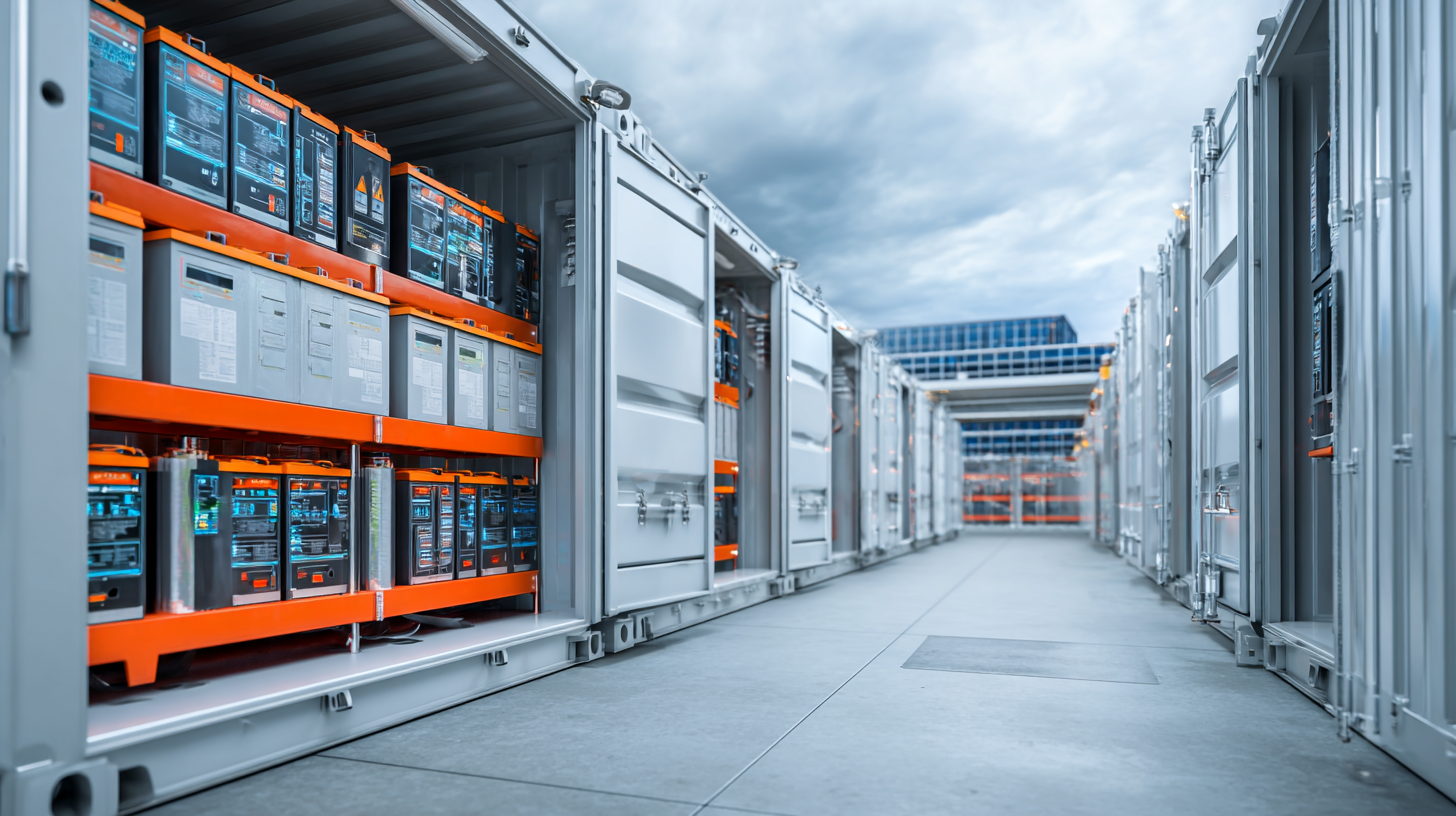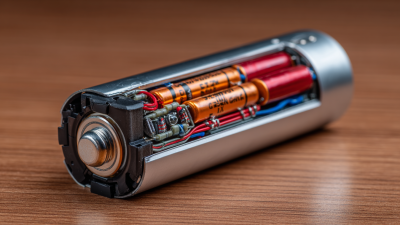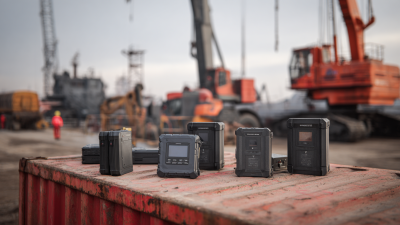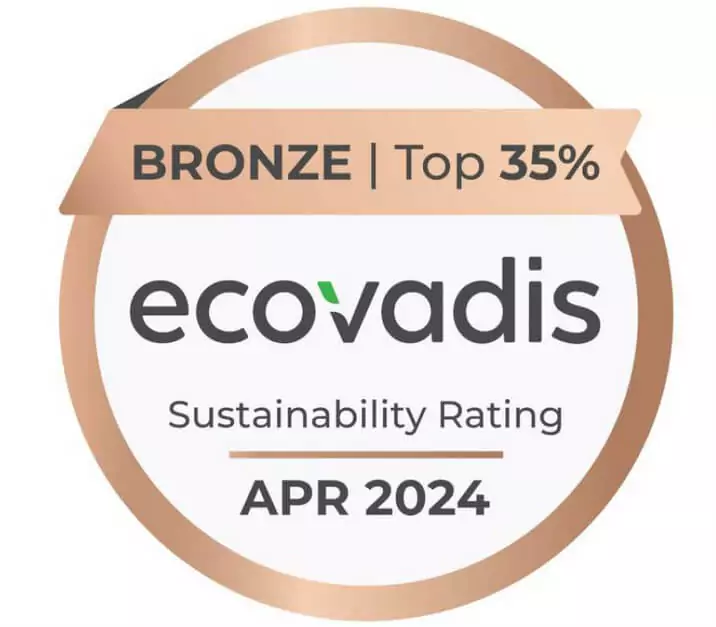Unlocking the Future: How Lithium Batteries Are Transforming Renewable Energy Storage
As the world increasingly shifts towards sustainable energy solutions, lithium batteries have emerged as a pivotal technology in the transformation of renewable energy storage. According to a recent report by the International Energy Agency (IEA), global energy storage capacity is expected to expand significantly, with lithium-ion batteries accounting for approximately 90% of the market share by 2025. This shift is driven by the remarkable performance characteristics of lithium batteries, including their high energy density, longer life cycles, and decreasing costs due to advancements in technology and production methods. Furthermore, a study by BloombergNEF highlights that the cost of lithium-ion batteries has dropped by over 80% since 2010, paving the way for their widespread adoption in solar and wind energy systems. As economies worldwide strive to reduce carbon emissions and enhance grid stability, lithium batteries are not just a component of renewable energy systems; they are becoming the cornerstone of our clean energy future.

The Rising Demand for Lithium Batteries in Renewable Energy Storage Solutions
The rising demand for lithium batteries in renewable energy storage solutions is driven by the global shift towards more sustainable energy practices. As renewable energy sources like solar and wind power become increasingly prevalent, the need for efficient energy storage systems has never been more critical. Lithium batteries, known for their high energy density and longer life cycles, offer a viable solution for capturing and storing the energy generated from these intermittent sources. This capability allows for a more reliable energy supply, enabling consumers to utilize renewable energy even when production is low.
Moreover, the scalability of lithium battery technology makes it particularly appealing for both residential and industrial applications. With advances in battery management systems and recycling processes, the integration of lithium batteries into renewable energy systems is becoming more seamless and cost-effective. As industries and governments worldwide invest in cleaner energy alternatives, the reliance on lithium batteries is expected to grow exponentially, further solidifying their role as the backbone of modern energy infrastructures. This trend not only supports energy independence but also contributes significantly to reducing carbon footprints across various sectors.

Key Advantages of Lithium Batteries Over Conventional Storage Technologies
Lithium batteries have emerged as a game-changer in renewable energy storage, offering numerous advantages over traditional technologies. One of the most significant benefits is their high energy density, which allows for more energy to be stored in a compact space. This makes lithium batteries ideal for applications where space and weight are at a premium, such as in electric vehicles and portable devices. Furthermore, they have a longer lifespan compared to conventional lead-acid batteries, reducing the need for frequent replacements and minimizing waste.
Another key advantage lies in their charging efficiency. Lithium batteries can be charged and discharged at a much faster rate, promoting quicker energy availability. This rapid response time is crucial for balancing energy supply and demand, especially in renewable energy systems where generation can be intermittent. Additionally, their ability to undergo numerous charge cycles without significant degradation further enhances their viability for long-term energy storage solutions. Overall, lithium batteries represent a compelling advancement in the pursuit of sustainable energy systems, enabling more effective utilization of renewable resources.
Unlocking the Future: Advantages of Lithium Batteries in Renewable Energy Storage
Market Trends: Growth Projections for Lithium-Ion Batteries in Energy Storage by 2030
The lithium-ion battery market is poised for remarkable growth as we approach 2030, driven by the increasing adoption of renewable energy storage solutions. By 2024, the market for lithium-ion batteries is projected to exceed $75.2 billion, with a compound annual growth rate (CAGR) of 15.8% anticipated from 2025 to 2034. This growth trajectory is closely linked to the global shift towards green energy, particularly in sectors like electric vehicles and renewable energy storage systems.
In the broader context of energy storage, projections indicate that the global storage systems market will surpass $241.47 billion by 2025. It is forecasted that the sector will achieve a CAGR of approximately 12.2%, spurred by a surge in investments in renewable energy. By 2035, the revenue from energy storage systems is expected to exceed $763.47 billion, highlighting the critical role these technologies will play in enhancing energy efficiency and grid stability as the world transitions towards sustainable energy solutions.

Challenges and Innovations in Lithium Battery Recycling for Sustainable Energy Systems
The rise of renewable energy sources has highlighted the critical role of
lithium batteries in energy storage solutions. However, as the
demand for these batteries grows, so do the challenges associated with their recycling. Traditional recycling
processes often fall short in recovering valuable materials, leading to environmental concerns
and increased costs. Innovations in lithium battery recycling are essential for creating sustainable energy
systems that can support a circular economy. Developing advanced techniques, such as
hydrometallurgical processes and direct recycling methods, could improve material recovery rates while
minimizing waste.
Furthermore, collaboration between industries, policymakers, and researchers is vital to address
regulatory and logistical hurdles. Public awareness and investment in recycling
technologies can drive progress toward efficient lithium battery management. By fostering innovation in
recycling, the energy sector can ensure that lithium batteries remain a cornerstone of renewable energy storage
while mitigating their environmental impact. Ultimately, enhancing battery recycling capabilities will not
only bolster sustainability but also pave the way for a more resilient energy future.
The Role of Government Policies in Accelerating Lithium Battery Adoption for Renewables
Government policies play a crucial role in the adoption of lithium batteries, which are essential for enhancing renewable energy storage capabilities.
According to a report by the International Energy Agency (IEA), the demand for lithium-ion batteries is projected to reach 2,800 GWh by 2030, largely driven by the renewable energy sector.
Policymakers around the world are recognizing the importance of creating an enabling environment for battery production and integration, leading to initiatives that facilitate research, development, and deployment of these technologies.
Subsidies and tax incentives have emerged as powerful tools to stimulate investment in battery technology.
For instance, the U.S. government has allocated billions towards renewable energy projects that include substantial lithium battery components, aiming for a target of 100% carbon pollution-free electricity by 2035.
This aligns with the growing trend in Europe and Asia, where countries such as China are also implementing strong regulatory frameworks to boost domestic battery production.
The global lithium battery market is expected to exceed $100 billion by 2025, highlighting the accelerating shift towards sustainable energy solutions, largely influenced by proactive governmental policies.












